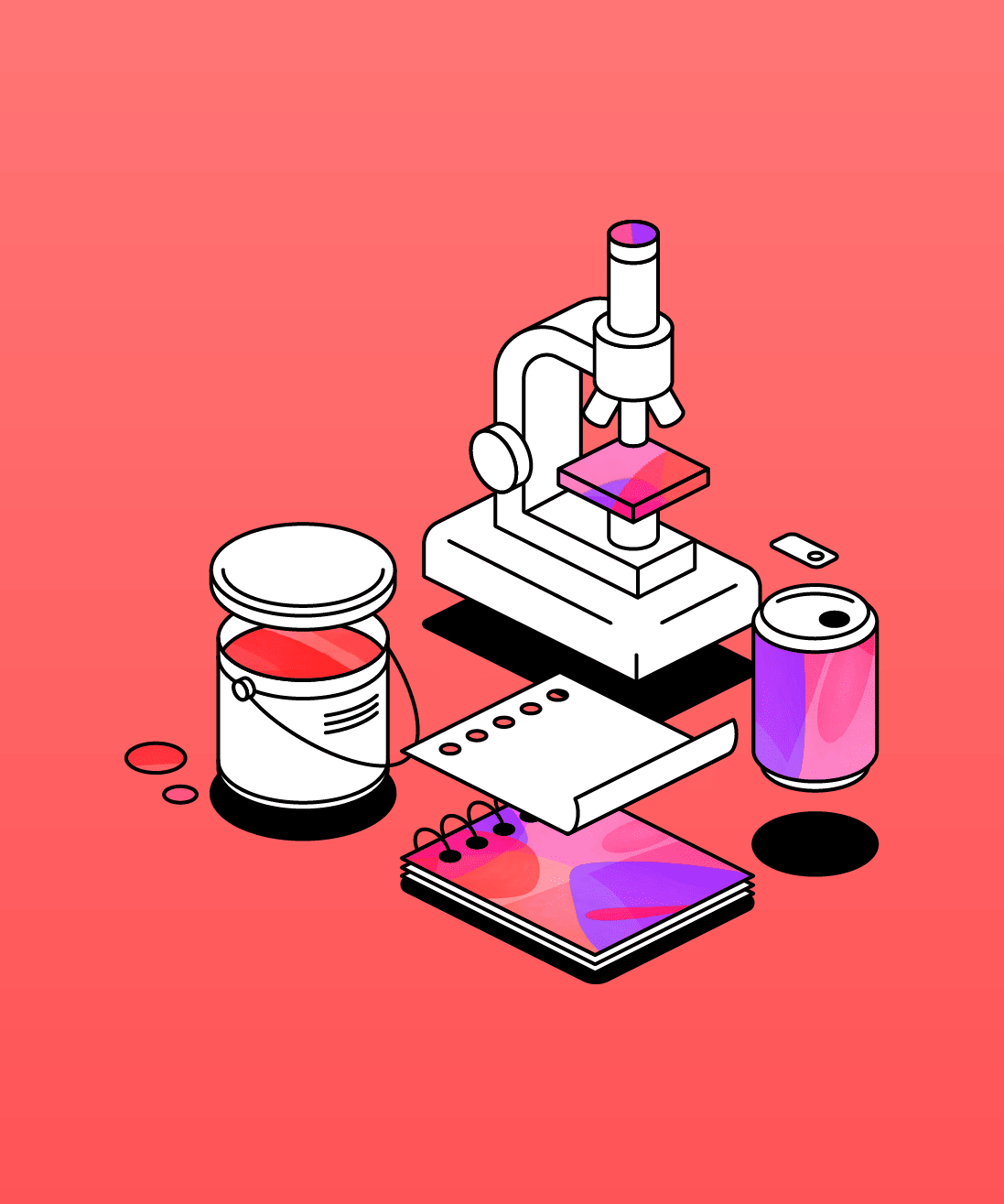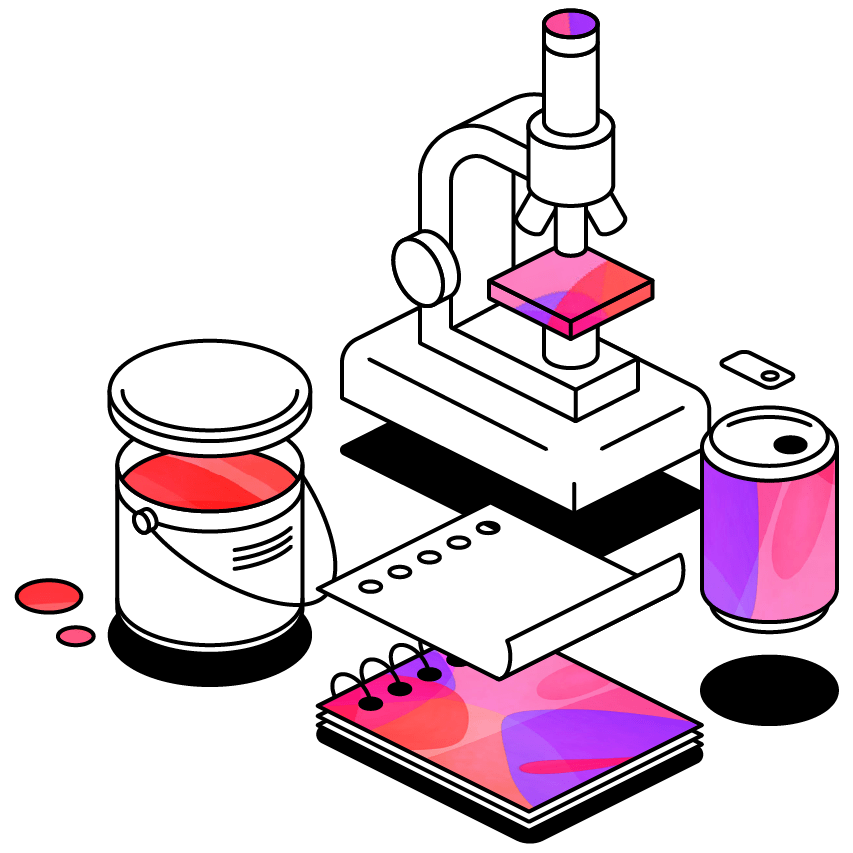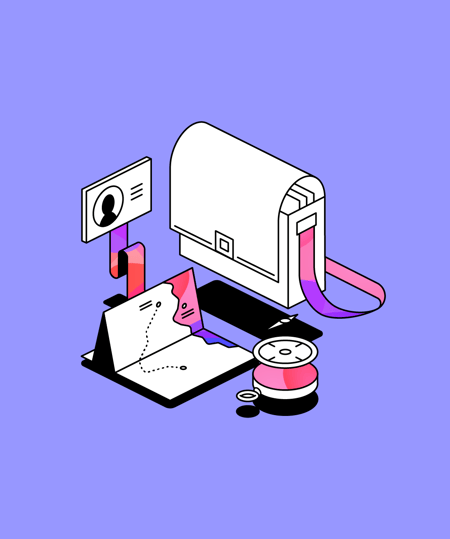Creativity and neurodiversity – is there a link?
What do we mean by creativity? It’s a difficult concept to define but seems to involve two aspects: is the idea unusual, and is the idea appropriate or useful?
 2 min read
2 min read
 Published: 23 Oct 2019
Published: 23 Oct 2019
 Dr. Sue Wilkinson
Dr. Sue Wilkinson


What do we mean by creativity? It’s a difficult concept to define but seems to involve two aspects:
- novelty – is the idea unusual?
- quality – is the idea appropriate or useful?
We also consider creativity in terms of the type of thinking used.
Lateral thinking
When we think ‘around a problem’, we make the problem space bigger in order to increase the number of possible alternatives. Lateral thinking is what generates the ideas. Vertical thinking, on the other hand, is the careful, logical and straightforward thinking that we use in order to develop these ideas. The ability to engage in lateral thinking is associated with increased creativity.
There is no evidence of any cognitive abilities that distinguish between creative and non-creative people. In cognitive terms, creativity uses fairly ordinary thought processes; the difference is simply that some people know how to do this better than others. In this sense, we all have the potential to be creative, if we are able to learn how.
Creativity is viewed as the ability to see problems as well as solutions, and this explains why we might consider neurodiverse individuals to be more creative than their counterparts. It boils down to the way in which individuals perceive and process information.
All individuals think differently, but neurodiverse individuals (e.g. those with autism, dyslexia, ADHD, etc.) are born to think differently, as their brains are wired to do so.
Let’s consider individuals with autism.
Autism and creativity
Some autistic people are able to detect complex patterns much more quickly and easily than their non-autistic counterparts. This is evidenced by research that shows that the brain regions associated with perception and pattern recognition light up more in autistic individuals.
Creativity is borne from not only being able to view the world differently, but also by being knowledgeable in a particular area or subject. Autistic individuals are able to fully engage in a topic and become experts in their field by having extensive knowledge and a passion for their subject. We tend to refer to this as ‘fixations’ when analysing the ‘symptoms’ of autism, and overlook the fact that if channeled appropriately, this is in fact a highly beneficial skill in encouraging creative thought.
It is also thought that autistic people are able to generate new ideas more easily than non-autistic individuals. They often do not produce as many ideas, but the ideas they do come up with are more novel. This higher level of novelty breeds more creative thinking.
Neurodiversity and problem solving
Part of what makes someone creative is their ability to solve problems.
Neurodiverse individuals are often better at this because they are wired to think differently. Visual thinking is an important component in problem solving and is thought to speed up the process. It’s also associated with creativity. A preference for processing information in a visual way is a common feature in autism and other neurodiverse individuals.
Dyslexic individuals prefer to process information through visual channels due to the difficulties they experience with reading. They also prefer to process information on a global level as opposed to a local level (i.e. viewing information in terms of a big picture rather than the individual details). This holistic processing is also associated with creativity.
The link between neurodiversity and creativity is thus perhaps not that certain individuals are inherently more creative than others, but that some individuals are better equipped with the skills and processing techniques that enable creativity. It seems that neurodiverse individuals, due to the different wiring in the brain, have natural tendencies to perceive and process the world in a way that produces creative thought.
Want to learn more? Discover the benefits of assistive technology for students with Autism
More from Better Learning
View All
 2 min read
2 min read
3 student-proven time management techniques that work
From navigating demanding college schedules to excelling in the professional sphere, time management is a vital skill. Glean's student ambassador, Sherrie Zhao, shares her first-hand experiences and proven techniques for mastering this essential skill, offering valuable insights for students and professionals alike.

 5 min read
5 min read
How Glean helps first generation students overcome challenges
Being the first in your family to step onto a university campus is a triumph. But beneath the pride lies a unique landscape of pressures and uncharted territories. This blog explores the hurdles first gen students encounter and how Glean provides the support needed to unlock their full potential.

 2 min read
2 min read
Master class notes with text formatting
Your note taking just got an upgrade! We’re thrilled to announce that text formatting features are now live in your app. Let's take a look at how you can use text formatting to make the most of your notes.





